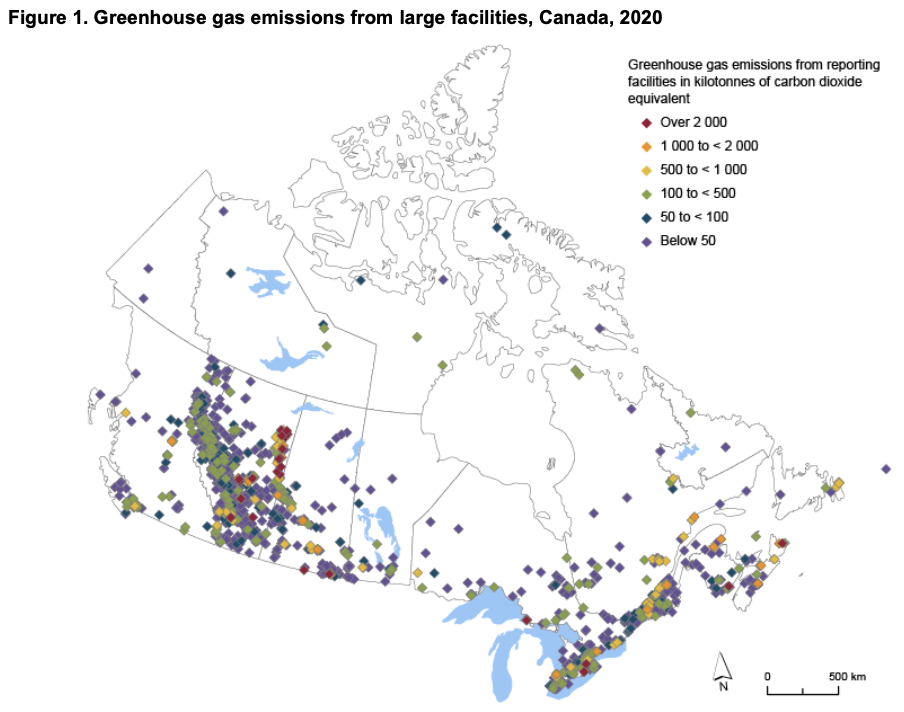Why is World Facilities Management Day Important?
What if we told you that Facility Managers can be key players in solving global climate change?
Facility Managers carry a lot of responsibility on their shoulders. Facilities can be massive stadiums and large hospitals where security and sanitation are central issues, or public schools and recreational facilities where safety and maintenance are a chief concern. However, these important professionals and teams could make adjustments to their water systems today that could begin significantly lowering greenhouse gas (GHG) emissions tomorrow.
Saving the Planet One Facility at a Time
A report released in 2022 by the Government of Canada titled, Greenhouse Gas Emissions From Large Facilities, showed that facilities are “Number 1 on the list of GHG emitters” in Canada. According to the study of over the 1,704 facilities reporting to the Government of Canada’s GHG Reporting Program in 2020, 273 megatonnes (Mt) of GHGs in carbon dioxide equivalent (CO2 eq) were emitted accounting for 41% of Canada’s total GHG output. [Fig. 1]

It’s certainly not the fault of Facility Managers, it’s just inefficient older technology that uses natural gas to heat massive commercial water and HVAC systems. These systems are astronomically expensive to replace, so many Facility Managers across Canada are looking for an after-market retrofittable solution.
Water: The Key To Facility Energy Conservation
Retrofitting fuel-efficient and environmentally friendly equipment can lead to long periods of downtime and take years to both budget and recover costs. However, Facility Managers are discovering that there are steps they can take today to reduce emissions and lower energy costs.
- EndoTherm – EndoTherm is a hydronic additive that can be retroactively added to any hydronic HVAC system and is proven to lower facility energy costs and GHG emissions by up to 15%. It increases heat transfer and improves Delta T, thus hitting temperature setpoints sooner and reducing the number of cycles needed by the heating pump. It is the fastest and easiest way to make an immediate and long-term improvement to the efficiency of closed-loop systems, including boilers, chillers, heat pumps, and geothermal systems.
- Parafos – Domestic hot water is one of the top three sources of energy consumption and emissions in a typical facility. Parafos prevents scale buildup by suspending minerals into the stream and gradually dissolving existing scale and iron deposits. It forms a monomolecular film on the waterside of metal plumbing surfaces, preventing corrosion that causes scale. By eliminating scale buildup, Parafos improves the efficiency of your system and reduces energy costs.
- ProMoss – Corrosion and scale buildup can reduce the temperature transfer in cooling tower systems, so Facility Managers regularly bleedoff excessive volumes of water and chemicals from the system. ProMoss mitigates corrosion, stops the accumulation of scale, cleans condensers, and reduces filter buildup. This improves system efficiency and temperature transfer, which better retains HVAC setpoints and reduces the energy burden on the system. ProMoss will help you grade higher on the sustainability index by achieving all key efficiency targets including reducing energy consumption, lowering water consumption, and environmentally friendly bleedoff to your building’s wastewater discharge.
Make This the Best Facility Management Day Ever!
Our Eco Program blends our environmentally-friendly line of water additives and Pace W.E.T. System (Water & Energy Tracking) to reduce emissions by up to 30%. The energy savings alone translate to a simple payback on the technology of less than two years.
If every facility in Canada implemented this energy strategy, Canada would hit its 2030 energy target with years to spare. Feel free to Contact Us to learn more about how we can make your facility more sustainable today!




